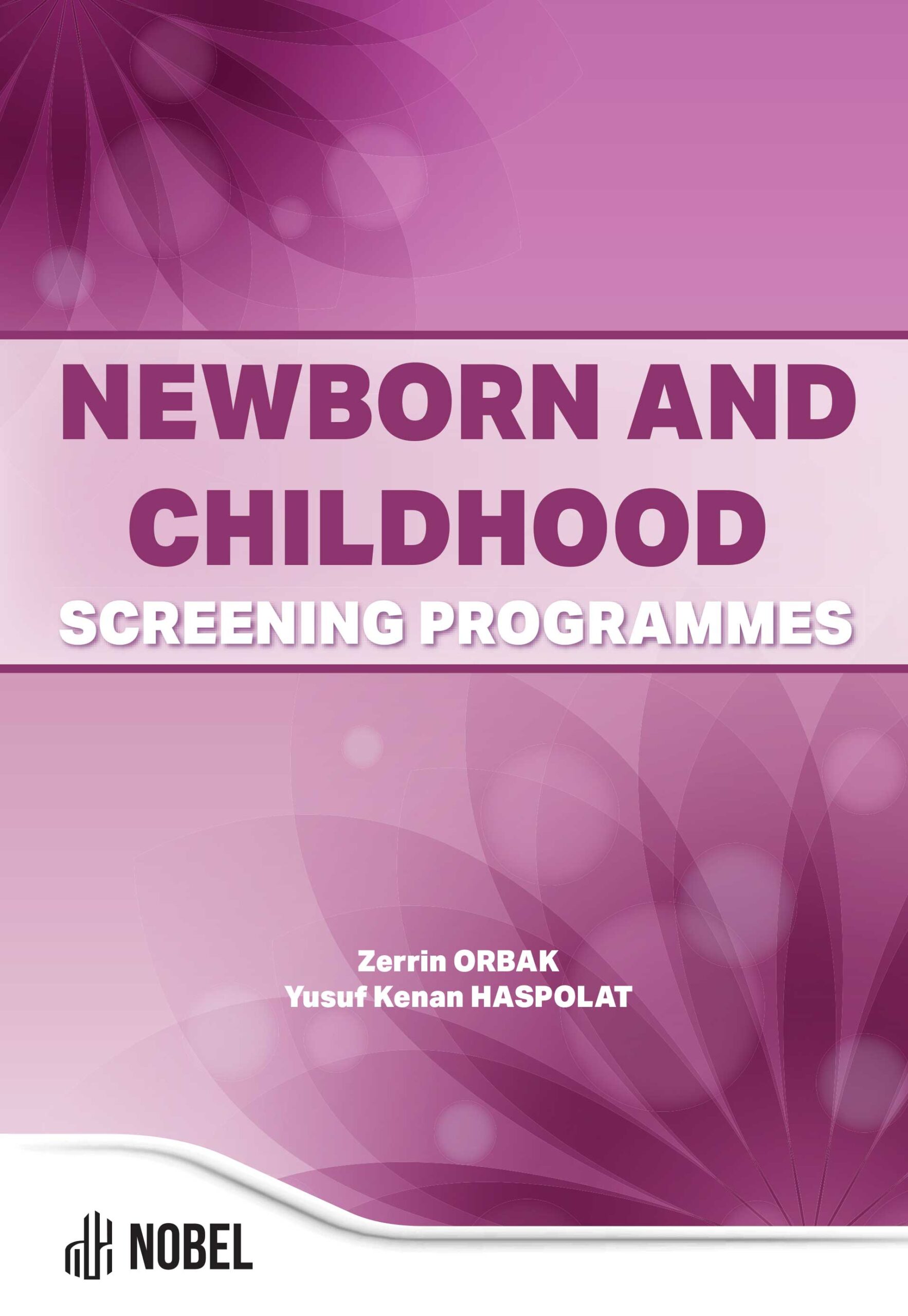Newborn Screening for Spinal Muscular Atrophy
Huseyin Tan (Author), Elif Yildirim (Author)
Release Date: 2024-04-04
Spinal muscular atrophy (SMA) is a progressive neuromuscular disorder caused by the loss of motor neurons, leading to muscle weakness and atrophy. It has a global incidence of approximately 1 in 6,000 to 11,000 live births and is a significant hereditary cause of infant mortality. SMA is classified into five subtypes based on the age [...]
Media Type
PDF
Buy from
Price may vary by retailers
| Work Type | Book Chapter |
|---|---|
| Published in | Newborn and Childhood Screening Programmes |
| First Page | 89 |
| Last Page | 92 |
| DOI | https://doi.org/10.69860/nobel.9786053358961.7 |
| ISBN | 978-605-335-896-1 (PDF) |
| Language | ENG |
| Page Count | 4 |
| Copyright Holder | Nobel Tıp Kitabevleri |
| License | https://nobelpub.com/publish-with-us/copyright-and-licensing |
Huseyin Tan (Author)
Professor, Ataturk University
https://orcid.org/0000-0003-3331-1828
3Professor Dr. Hüseyin Tan, who has been working as a pediatric neurologist at Atatürk University Faculty of Medicine for nearly 25 years, graduated from the same university as a medical doctor in 1991. Between 1991 and 1993, after completing his compulsory service in Erzurum SSK Hospital, he started his pediatric specialty training in Atatürk University Faculty of Medicine, Department of Pediatrics in the same year. After completing his pediatric specialty training in 1998, he was appointed as an assistant professor in the same year. In 2001, he completed his pediatric neurology training at Hacettepe University Faculty of Medicine. Dr. Tan became an associate professor in 2005 and a professor in 2010. He is still working at Atatürk University, Department of Pediatric Neurology.
Elif Yildirim (Author)
Ataturk University
https://orcid.org/0000-0003-3920-4847
3Dr.Elif Yildirim; graduated from Cerrahpaşa Faculty of Medicine (in English program) in 2011. One year later, she started to work as a ‘pediatrics assistant’ at Istanbul University, Department of Child Health and Diseases. Then, she served as a pediatrician at Kanuni Sultan Süleyman Training and Research Hospital between 2018 and 2021.In 2021, she started to work as a child neurology assistant at Ataturk University, Medical Faculty in Department of Child Neurology. She is currently working at the same faculty.
Aragon-Gawinska, K., Mouraux, C., Dangouloff, T., & Servais, L. (2023). Spinal Muscular Atrophy Treatment in Patients Identified by Newborn Screening—A Systematic Review. Genes, 14(7), 1377.
Butterfield, R. J. (2021). Spinal muscular atrophy treatments, newborn screening, and the creation of a neurogenetics urgency. Seminars in pediatric neurology
Díaz, C. F. B., Morosini, M., Chloca, F., Mesa, L., Jauregui, A., Pirra, L., Vazquez, G., Flores, D., & Dubrovsky, A. (2023). The difficult path to diagnosis of the patient with spinal muscular atrophy. Archivos argentinos de pediatria, 121(2), e202102542.
Eissa, N. R., Hassan, H. A., Senousy, S. M., Soliman, H. N., & Essawi, M. L. (2022). SMA carrier testing using Real-time PCR as a potential preconception screening tool. Egyptian Journal of Medical Human Genetics, 23(1), 24
Hashimoto, K., Yokokawa, M., Yamashita, D., Yuge, K., & Otsubo, Y. (2023). Spinal Muscular Atrophy Type I With False Negative in Newborn Screening: A Case Report. Cureus, 15(7)
Łusakowska, A., Wójcik, A., Frączek, A., Aragon-Gawińska, K., Potulska-Chromik, A., Baranowski, P., Nowak, R., Rosiak, G., Milczarek, K., & Konecki, D. (2023). Long-term nusinersen treatment across a wide spectrum of spinal muscular atrophy severity: a real-world experience. Orphanet Journal of Rare Diseases, 18(1), 230.
Nishio, H., Niba, E. T. E., Saito, T., Okamoto, K., Takeshima, Y., & Awano, H. (2023). Spinal muscular atrophy: the past, present, and future of diagnosis and treatment. International Journal of Molecular Sciences, 24(15), 11939
Oliveira, A. B., Brusius-Facchin, A. C., Lemos, J. F., Pasetto, F. B., Brasil, C. S., Trapp, F. B., Saute, J. A. M., Donis, K. C., Becker, M. M., & Wiest, P. (2023). Neonatal screening for spinal muscular atrophy: A pilot study in Brazil. Genetics and Molecular Biology, 46(3 Suppl 1), e20230126.
| onix_3.0::thoth | Thoth ONIX 3.0 |
|---|---|
| onix_3.0::project_muse | Project MUSE ONIX 3.0 |
| onix_3.0::oapen | OAPEN ONIX 3.0 |
| onix_3.0::jstor | JSTOR ONIX 3.0 |
| onix_3.0::google_books | Google Books ONIX 3.0 |
| onix_3.0::overdrive | OverDrive ONIX 3.0 |
| onix_2.1::ebsco_host | EBSCO Host ONIX 2.1 |
| csv::thoth | Thoth CSV |
| json::thoth | Thoth JSON |
| kbart::oclc | OCLC KBART |
| bibtex::thoth | Thoth BibTeX |
| doideposit::crossref | CrossRef DOI deposit |
| onix_2.1::proquest_ebrary | ProQuest Ebrary ONIX 2.1 |
| marc21record::thoth | Thoth MARC 21 Record |
| marc21markup::thoth | Thoth MARC 21 Markup |
| marc21xml::thoth | Thoth MARC 21 XML |

